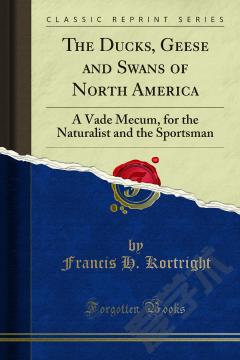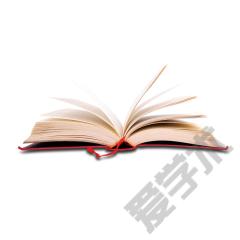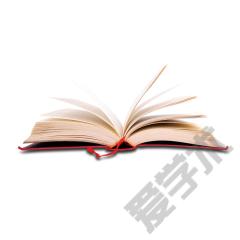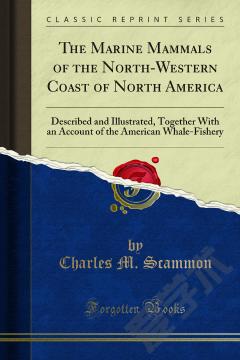The Ducks, Geese and Swans of North America —— A Vade Mecum, for the Naturalist and the Sportsman
-----
The existing literature on the identification of waterfowl describes mainly their spring plumages. This is of little avail to the sportsman who is afield mainly in the fall, and it hardly suffices for the ornithologist, who is afield at all seasons.Early fall plumages in many ducks are confusingly similar, vary with sex and age, and change with the fall moult. Hence it is often impossible to identify a bird-in-hand, even after looking it up in a bird book. The existing books do not suffice.Mr. Kortright has sensed the need for a year-round waterfowl book and has done a scholarly job of writing one. While he disclaims being an ornithologist, I detect no lack of ornithological competence in what he has written. I do find much useful and interesting subject matter which most ornithologists omit: What docs a given species weigh, and how does weight vary? How does one distinguish a bird of the year from an old bird? When do the moults occur?The best printed description often fails to clarify the distinctive character of a species without the help of a competent artist. Mr. Shortt's paintings, portraying all of the more important plumages of a given species, in themselves justify the publication of this volume. His drawings of diagnostic features will also clarify many a moot point.I particularly endorse Mr. Kortright's thesis that the sportsman of the future must get his satisfactions by enlarging himself rather than by enlarging his bag. The homebound sportsman unable to name the ducks slung over his shoulder is an anachronism, a relic of that I-got-my-limit era which nearly ruined the continent and its resources. Few sportsmen have ever tried the sport of learning something about the game they pursue, the wildlife they see, or the plants they tramp over. Why is this species here? Whence does it come, where go? What limits its abundance? What was its role in history? What arc its prospects for survival? What peculiarities of habit and habitat comprise its standard of living? To always seek but never quite achieve a bag-limit of answers to such questions is the sport of the future.To my mind it is appropriate that this book should issue from the pen of a Canadian. Canada is the birthplace of most waterfowl; this book attests her growing activity in waterfowl research and conservation.
{{comment.content}}








 京公网安备 11010802027623号
京公网安备 11010802027623号